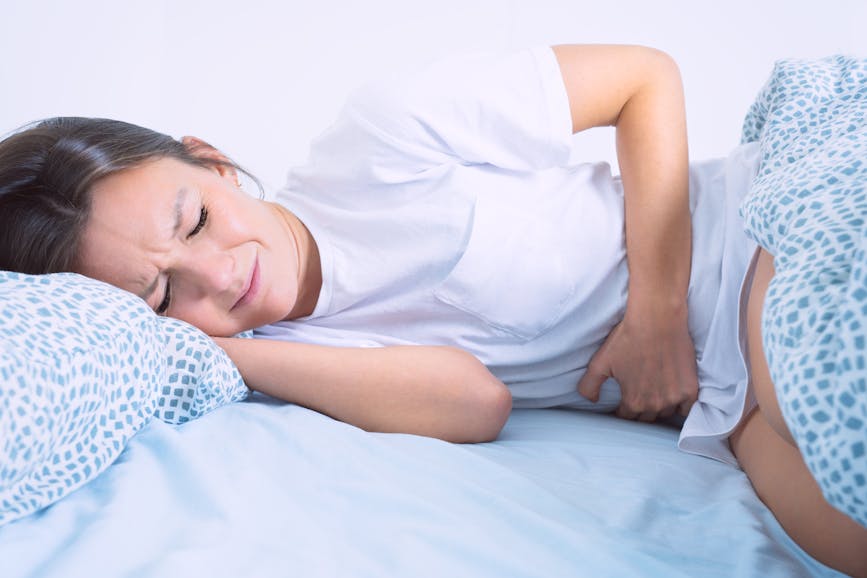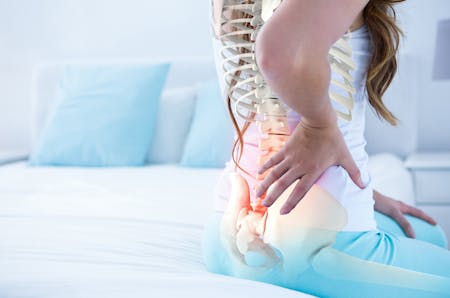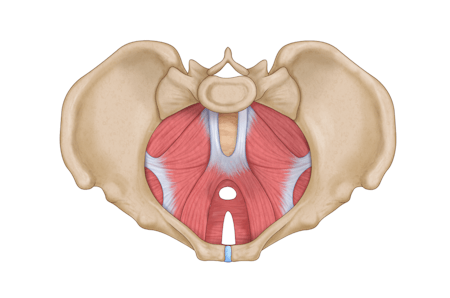PainEndometriosisEndometriosis
What is endometriosis?
Endometriosis occurs when tissue, similar to the kind that lines the uterus (endometrium), is found in places outside of the uterus where it should not be. For each person with endometriosis, the specific locations of the endometriosis lesions are different, so symptoms can present uniquely from one individual to the next.
How many women are affected by endometriosis?
Endometriosis affects 1 in 10 women.
What symptoms are associated with endometriosis?
Symptoms are not the same for every woman. Research has revealed that there is NOT a direct correlation between the severity of endometriosis and the severity of the symptoms. Some women with endometriosis may not experience any symptoms at all, and will never be aware they have endometriosis. The symptoms and the pattern, degree, or type of pain is unique for each individual and depends on:
A) The location of the endometriosis
B) Sensitization of the nervous system
C) The number and location of myofascial trigger points
Common symptoms associated with endometriosis as described by the Society of Obstetricians and Gynaecologists of Canada are:
1) Severe menstrual cramps
-They may begin earlier in the menstrual cycle and last longer
-The cramps can not be controlled by pain medication or anti-inflammatories such as Advil
2) Painful intercourse
3) Painful urination or bowel movements
4) Gastrointestinal symptoms such as diarrhea, constipation, and nausea (most often experienced during menstruation)
5) Low back pain
6) Abdominal pain and bloating
7) Chronic/persistent pelvic pain (pain that occurs for 3 months or longer)
-Typically between the belly button and the pubic bone
-The pain is not always associated with their menstrual cycles, it can occur on a daily basis- It is very common for women with endometriosis to have chronic pain
An article published in 2015 in the Journal of Obstetrics & Gynecology found that out of the participants in the study, those with biopsy-proven endometriosis, 94% had myofascial trigger points and 87% had a sensitized nervous system!
Your physiotherapist will provide you with a variety of options designed to improve your quality of life and address your pain.
For more information on endometriosis I would encourage you to check out the following resources:
* Endometriosis Network Canada
* Society of Obstetricians & Gynecologists of Canada
* The American College of Obstetricians and Gynecologists
* Jill Mueller Physiotherapist
* The Most Common Disease You’ve Never Heard Of - TED talk by Shannon Cohn
* Why things hurt- TED talk by Lorimer Moseley
* The Pelvic Health Podcast Episode 54 “Endometriosis” with physiotherapist Michelle Lyons
* Stratton P, Khachikyan I, Sinaii N, Ortiz R, Shah J. Association of chronic pelvic pain and endometriosis with signs of sensitization and myofascial pain. Obstet Gynecol2015; 125: 719–728
* The Pelvic Pain Foundation Australia
* Introduction to Pelvic Pain 2019 booklet by Dr Susan Evans
* Endometriosis: An Overview BC women’s hospital & Health Centre
* Musculoskeletal causes of chronic pelvic pain: what a gynecologist should know: Gyang A1, Hartman M, Lamvu G. Obstet Gynecol. 2013 Mar;121(3):645-50
* Aredo JV, Heyrana KJ, Karp BI, Shah JP, Stratton P. Relating chronic pelvic pain and endometriosis to signs of sensitization and Myofascial pain and dysfunction. Semin Reprod Med. 2017;35:88–9
©Lynn Sweeney, Physiotherapist
BSc. Kin, MPT



